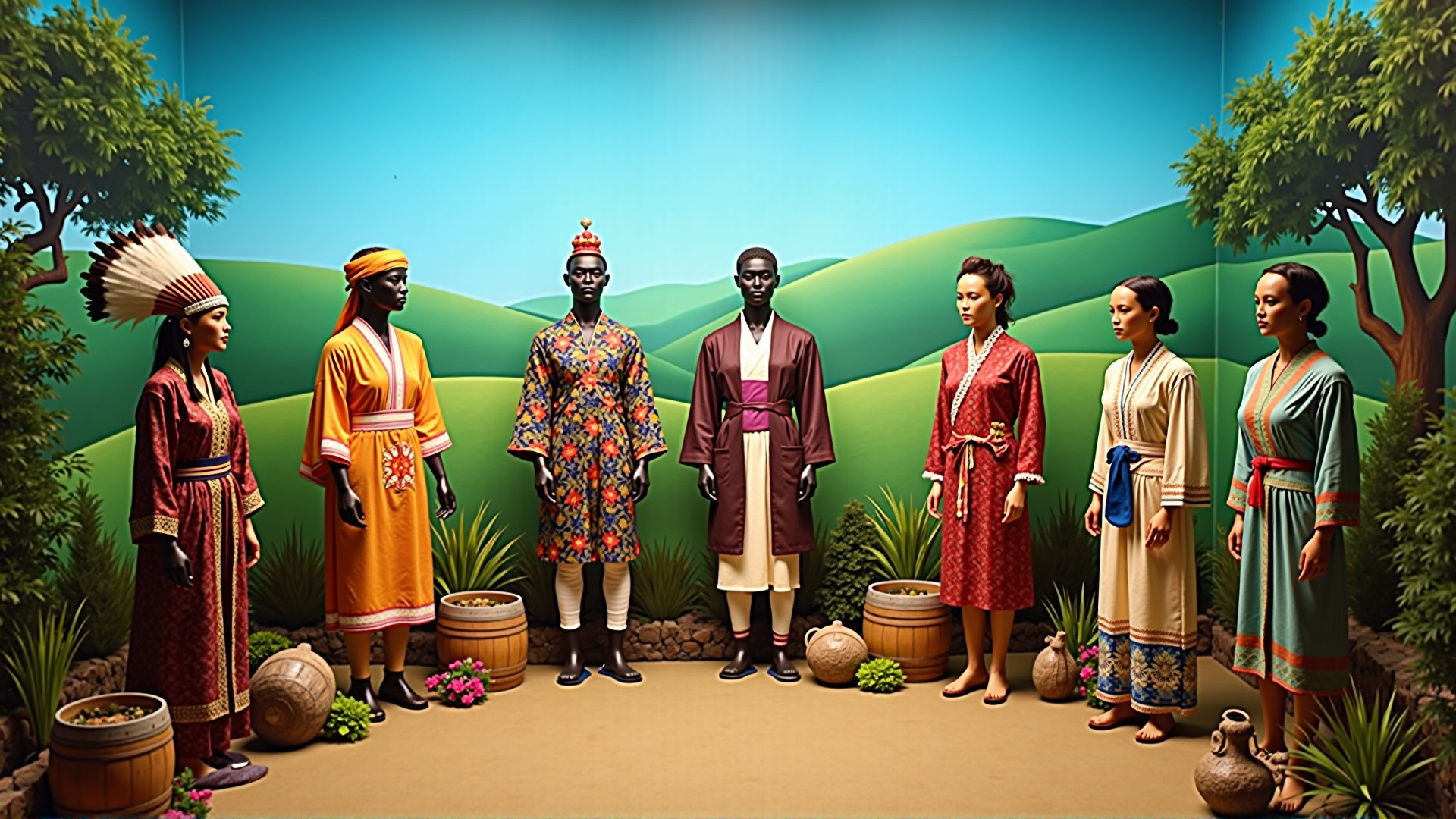Throughout history, traditional garments have played a crucial role in reflecting the values, aesthetics, and historical contexts of different cultures. From the intricate designs of Asian saris to the regal robes of European nobility, these attire choices offer a window into the rich tapestry of human civilization.
In Asia, traditional garments like the Indian sari or Japanese kimono showcase meticulous craftsmanship and artistry. The sari, for instance, is a long piece of fabric with elaborate patterns and vibrant colors, often passed down through generations. Each fold and drape tells a story of the region's history and its influence from various dynasties and colonial interactions. The kimono, characterized by its simple lines and understated elegance, represents a deep connection to nature and the seasons, with patterns and colors chosen explicitly for formal occasions and celebrations.
On the African continent, apparel like the Kente cloth from Ghana is renowned for its bold and colorful patterns. Each color and pattern bears its own meaning, often representing historical events, important figures, or societal virtues such as peace and harmony. In many African societies, attire carries a spiritual and communal significance, linking the individual to their ancestors and society.
In Europe, the evolution of attire was greatly influenced by societal hierarchies and political power. During the Renaissance, high-ranking individuals adorned themselves in garments made from luxurious fabrics like silk and velvet. The styles became a means of showcasing wealth and power, with detailed embroidery and intricate lace becoming symbols of social status. Over time, these garments influenced and were influenced by trade relations and interactions with other cultures, leading to a uniquely European style that combined elements from across the globe.
Moving to the Americas, Indigenous cultures have a long-standing tradition of attire that reflects their deep connection to the earth and nature. Garments are often created using natural materials such as animal hides and feathers, intricately decorated with beadwork and symbols that narrate stories and traditions passed through generations. These garments are not mere decorations but are integral to cultural ceremonies and rituals, providing a tangible link between the past and the present.
In the Middle East, attire such as the abaya and thobe maintain a balance of modesty and style. Often designed with luxurious materials, they reflect the region's emphasis on elegance and dignity. Patterns and embroidery techniques have been passed down through centuries, blending the old with the new and showcasing the blend of cultural and religious influences on daily life.
As cultures evolve and mix, traditional garments continue to serve as vital cultural touchstones, maintaining their significance in a modern world. They offer insights into how societies prioritize tradition, adapt to external influences, and express their identities through fabric and form. As the planet becomes increasingly interconnected, the preservation of these cultural garments is essential for honoring the diverse tapestry of human history and the values they represent.
